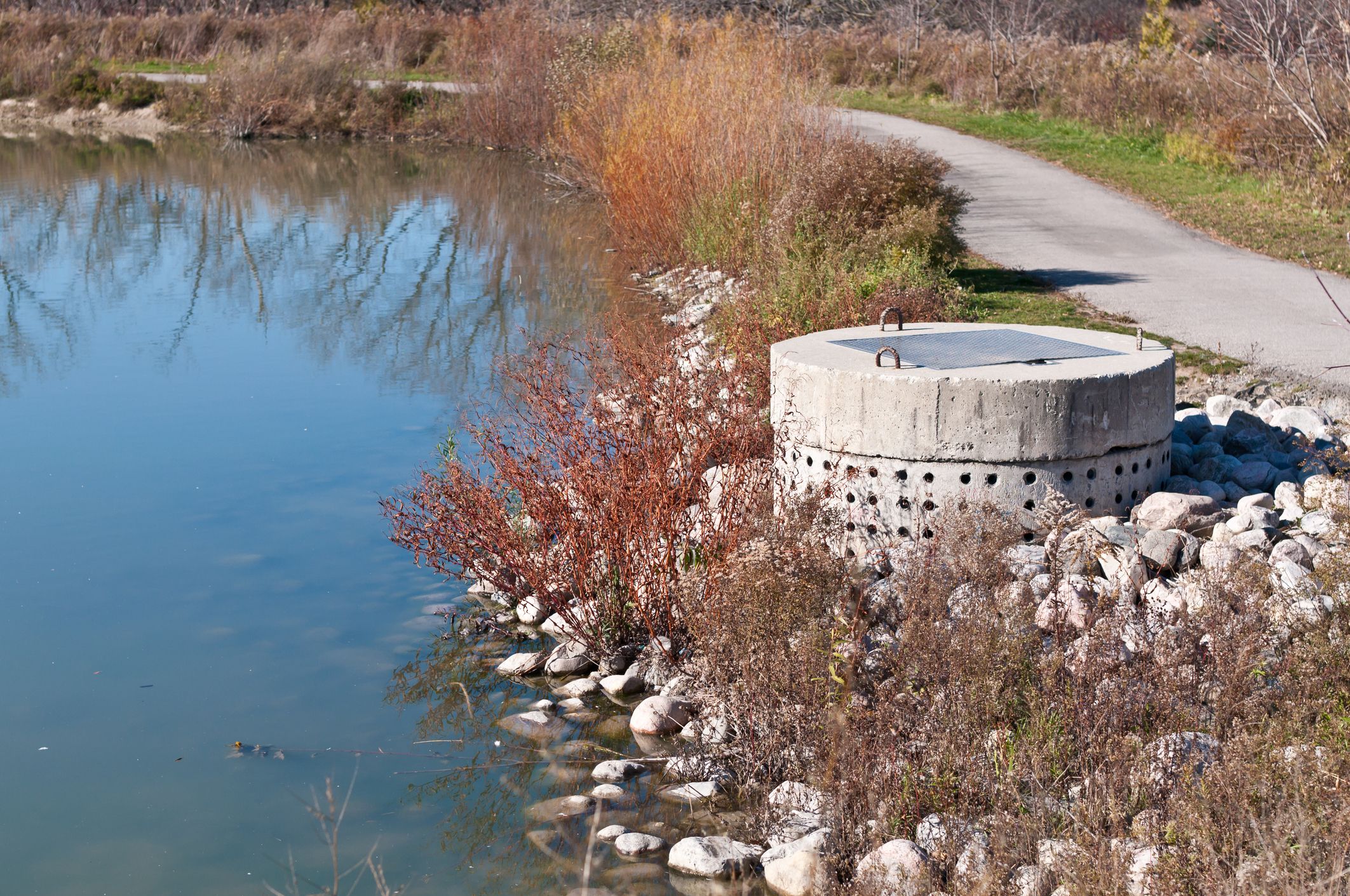Degraded water quality, increased stream temperatures, and erosion along watercourses – these are just some of the impacts that urbanization has on the environment, according to Matt Wilson, who works at the City of Kitchener’s stormwater utility.
On March 21, Wilson presented on the city’s advancement in integrated stormwater management at the TRIECA Conference. The event is organized annually by the Toronto and Region Conservation Authority (TRCA) and the Canadian Chapter of the International Erosion Control Association (IECA).
Wilson started off his presentation by highlighting some of the impacts that urbanization has environment. “We really see a continuum of impacts. As our watersheds and subwatersheds become more impervious, we see a decrease in stream health,” Wilson said.
“If we have between 15 per cent and 20 per cent imperviousness of a watershed, we start to see the fastest changes to stream health,” he said. “Between 20 and 60 per cent imperviousness of a watershed or subwatershed, we start to lose the ability to have full species of fish or support fisheries in our stream. As watersheds and subwatersheds become more than 60 per cent impervious, we really have poor stream health.”
“Is it really possible to build a watershed or subwatershed with greater than 60 per cent imperviousness?” Wilson asked. “No matter how much stormwater infrastructure you put on it, we really don’t know if we can bring that stream health back. That’s a question mark for the future.”
Although the City of Kitchener doesn’t have all the answers, it’s doing what it can to protect the local environment through its stormwater utility. According to Wilson, the city passed a Stormwater Charges By-Law in 2010, which enables it to bill property owners a stormwater rate that’s based on the amount of impervious area on their property.
Through the stormwater rate, the City of Kitchener is able to bring in about $15 million annually in revenues. The city uses these funds to recover the capital and maintenance costs dedicated to stormwater infrastructure.

In 2012, the city implemented a policy that provides residential property owners an opportunity to apply for credits that will reduce the stormwater charges they pay by up to 45 per cent. This if they install solutions, such as rain barrels and cisterns, that will reduce stormwater runoff from their property.
The City of Kitchener also has a stormwater master plan that was approved for public lands in 2016. According to Wilson, the master plan considered local factors and developed a plan around them. For example, 80 per cent of the region is dependent on groundwater so the plan developed stormwater infiltration constraint areas to protect the region’s groundwater.
From there, Wilson highlighted some details from the master plan. In particular, he spoke about how green infrastructure and low impact development are incorporated into the plan. He concluded his presentation by speaking to some lessons learned and next steps for the City of Kitchener.
“When compared to conventional stormwater practices alone, an integrated stormwater management approach will improve environmental conditions, be more cost effective, have lower maintenance burdens, and protect property and infrastructure during extreme storms,” Wilson said.









